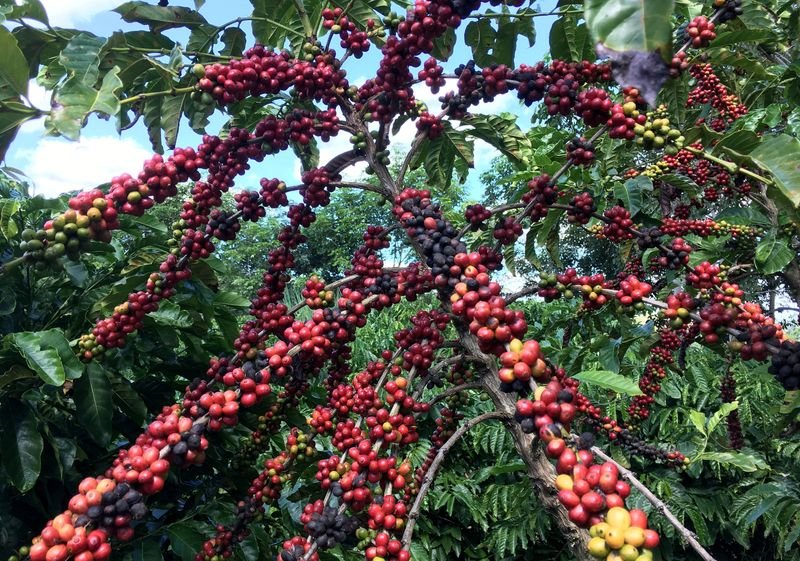Coffee Market Update: Trends and Insights
Coffee prices have recently shown a dynamic shift in response to various market factors. This article delves into the latest trends affecting coffee prices, particularly focusing on arabica and robusta varieties.
Current Coffee Prices
As of now, coffee prices are on the rise, with arabica coffee experiencing an increase of 1.06%. Meanwhile, robusta coffee prices have also seen a boost, rising by 2.10%. This upward movement indicates a recovery from earlier losses, raising concerns particularly about potential frost in Brazil.
Weather Concerns in Brazil
Meteorological forecasts indicate that a cold front is predicted to move through Brazil’s crucial coffee-producing regions soon. Such weather conditions could threaten the coffee crop, heightening market apprehensions about possible frost damages.
Harvest Progress in Brazil
Recent reports indicate that Brazil’s coffee harvest for the 2025/26 season is progressing well. Current completion stands at 77%, surpassing 74% from the previous year and exceeding the five-year average of 69%. Specifically, 93% of the robusta harvest has been gathered, while 67% of arabica coffee has been collected as of mid-July.
Additionally, Cooxupe, Brazil’s largest coffee cooperative, reports that its harvest among members is 59% complete, underscoring a robust harvesting season.
Inventory Levels Impacting Prices
Robusta coffee prices are currently facing downward pressure due to rising inventories monitored by ICE. Recent statistics show that robusta inventories have reached an 11.5-month high. In contrast, arabica coffee inventories have dwindled to a three-month low, suggesting tight supply constraints for that variety.
In light of these developments, the financial markets have also seen increased short positions by funds concerning robusta coffee, potentially paving the way for a short-covering rally.
Climatic Challenges
While harvest successes are noted, excessive dryness in Brazil poses a concern. Recent reports indicate that Minas Gerais, Brazil’s premier arabica coffee-growing region, has recorded no rainfall for a week, a situation that could support coffee prices moving forward.
Export Trends from Brazil
Lower coffee exports from Brazil contribute positively to pricing. Statistics indicate that total green coffee exports in June dropped by 31% year-over-year, with arabica and robusta exports also experiencing significant declines.
Global Economic Factors
Political developments have also entered the coffee market, with potential tariff implementations threatening to disrupt coffee supplies from Brazil, the world’s leading arabica producer. Such geopolitical factors are crucial, as they can impact trade flows and subsequently affect coffee prices.
Supply Forecasts and Market Outlook
Market forecasts have varied, with the USDA projecting a slight increase in Brazil’s coffee production for the 2025/26 season. However, contrasting reports from Vietnam highlight a 20% year-over-year decrease in coffee production due to drought conditions.
Overall, while new data suggests an increase in global coffee production, the retail ecosystem faces challenges that could tighten supplies, particularly for arabica coffee.
In summary, the coffee market is experiencing fluctuations driven by a blend of climatic conditions, harvesting schedules, inventory levels, and geopolitical factors. These elements collectively shape market expectations, influencing pricing and supply stability on a global scale.
